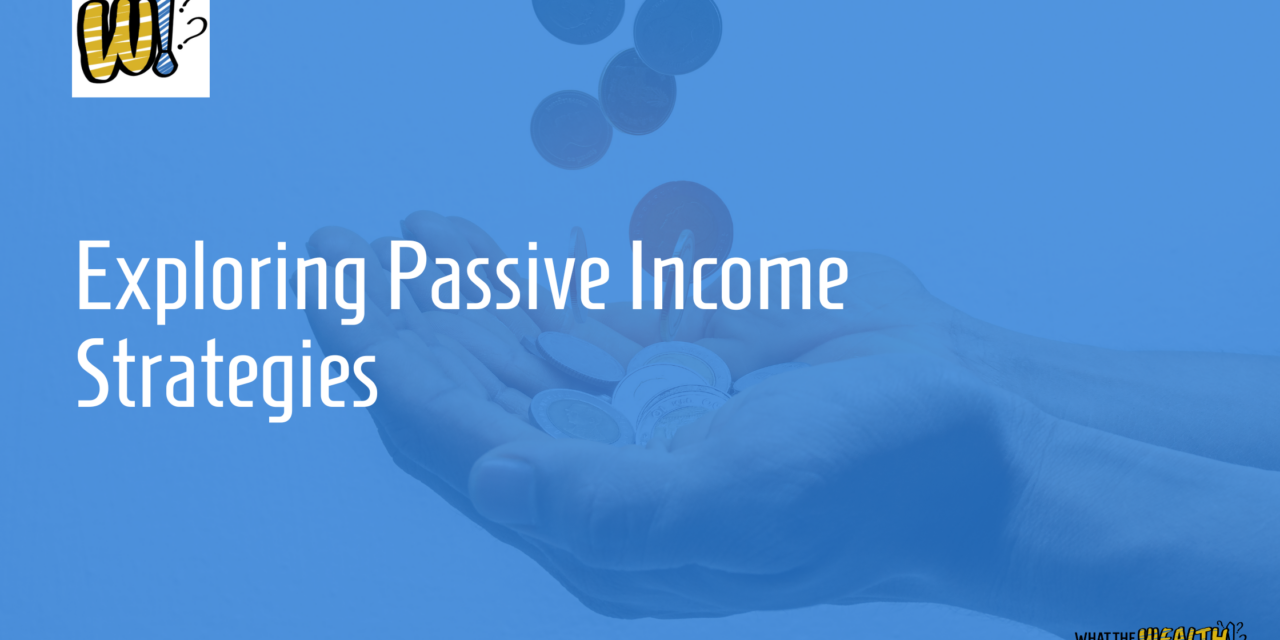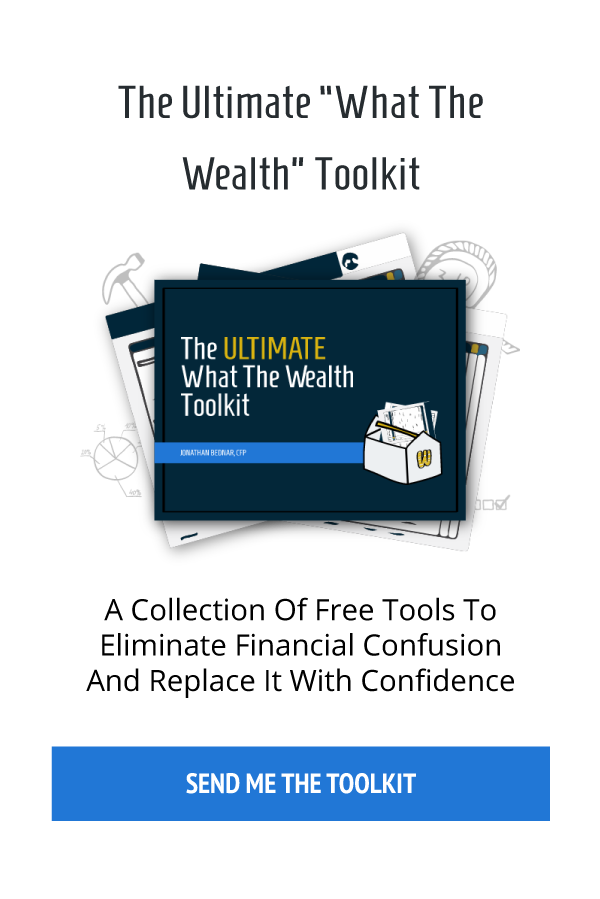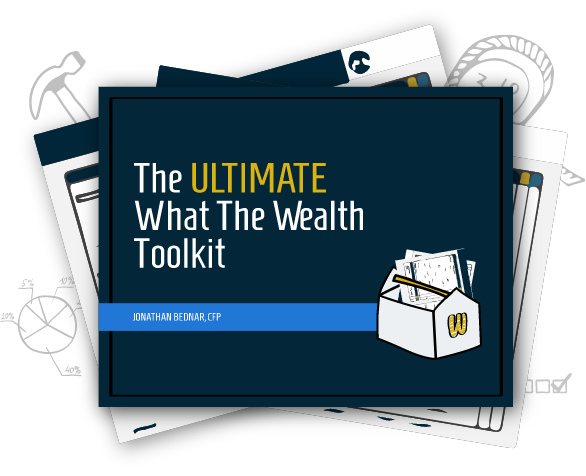Exploring Passive Income Strategies
A lot of my podcast topics come from conversations I have with clients, and that’s true of today’s 88th episode. I was talking to a couple of clients in their late 30s and early 40s. They have some extra cash and would like to put it to work for them so they can work a little less. But there is a difference between a side hustle and truly passive income. We’ll discuss the difference and my favorite passive income strategy.
Passive Income Versus Side Hustles
The clients had various ideas about generating passive income: real estate, a hobby farm, buying a piece of property, and building pads for RVs on it. But these and many other ideas that people come up with when thinking about ways to generate passive income have the same problem. They aren’t truly passive, and they start a cycle:
- I have an idea for passive income
- I’ll do A, then B, then C, and the passive income will start rolling in
- Doing A, B, and C has turned into a second full-time job
- I’m burned out
This cycle happens because many activities touted as ways to generate passive income are actually side hustles. Side hustles require some level of work. All the work might be front-loaded: writing a book, creating a course, building an app, but they still require work. True passive income requires no work at any point.
Let’s break down some of the typical passive income strategies.
Real Estate
Real estate can generate income via rent, but it requires a lot of landlord-type of work, even if that work is outsourced. Short-term rentals require even more work as there is a continuous flow of new guests and ever-changing regulations in many areas regarding short-term rental laws.
Now, I am a fan of real estate investing, and it can be a great wealth-building tool, but does it generate passive income? No.
Social Media Influencer
If you follow a certain genre of social media influencers, you’ll see a lot of clickbait posts about how to make thousands of dollars per month as a social media influencer. And while this kind of work isn’t exactly being down a coal mine, it is much more work than most people realize.
Unless you’re already well-known in another realm, sponsors don’t come to you, you have to hustle for sponsors. Because social media, by its nature, is short-form: short videos, short posts, short blogs, it requires constant content creation if you want to stay relevant. It’s like the difference between reading a book and reading a meme. You can only read one book in a given period of time, a day, a week, a month. But you can consume a lot of memes in a very short amount of time.
And social media is fickle. If you don’t stay current on the latest trends, you’ll be outpaced by those who do.
Affiliate Marketing
Affiliate marketing is when a blogger, podcaster, YouTuber, or social media influencer review or otherwise recommend products or services to their audience. When an audience member uses the content creator’s code or clicks on a shopping link within a post, the creator gets a portion of the sale.
This side hustle requires building an audience, gaining the trust of that audience (two things that don’t happen overnight), finding products and services to recommend, finding and fixing broken links, and keeping track of changes to the contracts you have with your affiliates.
My Favorite Passive Income Strategy
Now for a passive income strategy that is truly passive: dividend growth investing. Dividend growth investing is buying stock in companies with a history of paying regular and increasing dividends.
Dividends are not guaranteed, but companies known as dividend aristocrats are those in the S&P 500 index that have paid out and increased their dividends for at least the past 25 years. Some examples include:
- Proctor & Gamble: 67 years of dividend growth
- Coca-Cola: 61 years of dividend growth
- Johnson & Johnson: 60 years of dividend growth
- Sysco: 53 years of dividend growth
- Target: 52 years of dividend growth
Are these the sexiest companies? No, but they have a decades-long track record of paying out increasing dividends.
Dividend growth investing is a great source of passive income for several reasons. There is a very low bar to get started. You don’t have to buy a franchise or rehab a house to turn it into a rental. You don’t even have to do the research usually required to buy stock. Any company considered a dividend aristocrat may be a solid investment if your goal is passive income through dividend growth investing.
You don’t need a lot of money. You can start investing $25 a month or whatever your cash flow allows. And finally, what makes dividend growth investing truly passive is your ability to pause it. If things get tight financially, you can pause your contributions, but those you’ve already made are still generating money. If you pause most side hustles, the money pauses, too. Of course, you’ll generate more money if you don’t pause, but the money flow won’t stop entirely.
Use dividend growth investing to diversify your portfolio and provide income now or in the future.
If you enjoyed the podcast, check out my new YouTube channels. The videos are short, walk and talks, where I take a stroll and talk about whatever’s on my mind. I also have a Paradigm Wealth Partners channel and have recently created an Instagram page.
Dividend payments are not guaranteed and may be reduced or eliminated at any time by the company.
There is no assurance that the techniques and strategies discussed are suitable for all investors or will yield positive outcomes. The purchase of certain securities may be required to effect some of the strategies. Investing involves risks including possible loss of principal.




